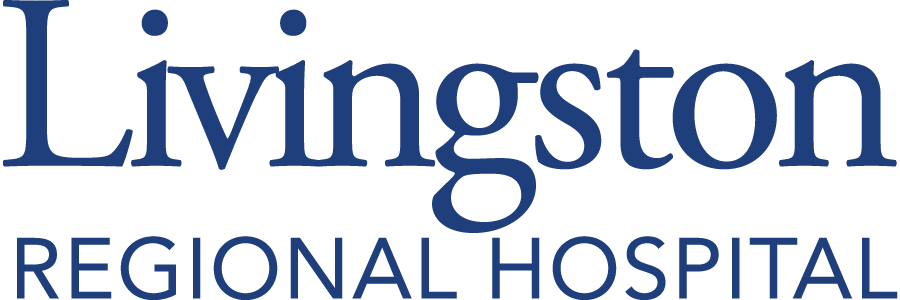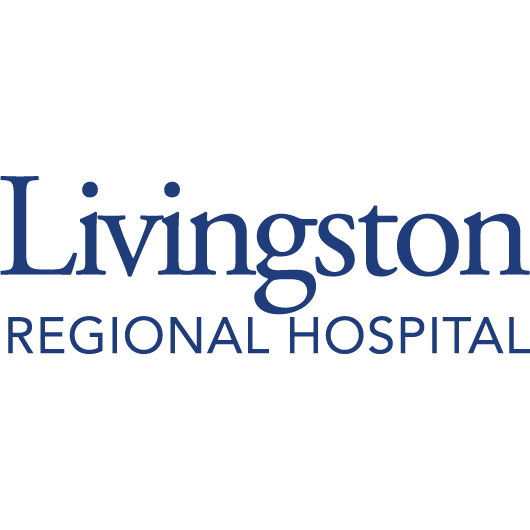Digital Mammography
Potentially Life-Saving Screenings
That’s why we’re here.
When it comes to breast cancer, early detection saves lives. And the best technology for early detection is digital imaging called 3D mammography, available at Livingston Regional Hospital. Our GE Healthcare Senographe Pristina mammography system uses advanced technology to take images of each breast from different angles. These images are then combined to create a more complete, accurate picture for a doctor to analyze.

